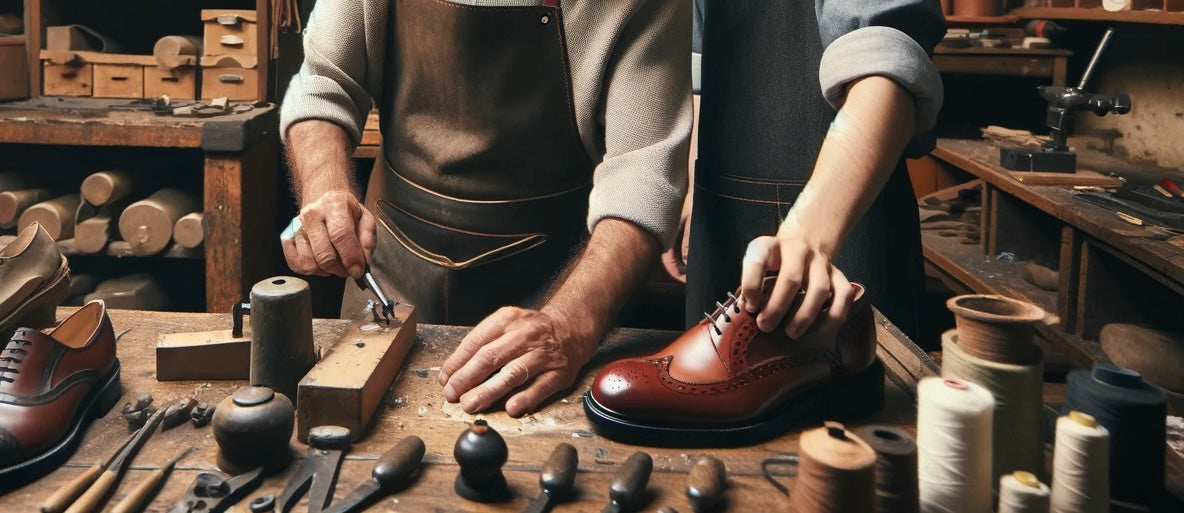
The Craft of Bespoke Shoemaking: A Legacy Passed Down Through Generations
The art of bespoke shoemaking is a timeless tradition that has been meticulously passed down from generation to generation. This craft, steeped in history and heritage, represents more than just the creation of footwear; it embodies the essence of dedication, precision, and a deep-rooted passion for quality. In this blog post, we will delve into the intricate journey of how bespoke shoemaking has been preserved and transmitted through the ages, exploring the methods, stories, and legacy of master shoemakers and their apprentices.
Historical Background of Bespoke Shoemaking
Bespoke shoemaking has a rich history that dates back centuries. The origins of custom shoemaking can be traced to ancient civilizations, where skilled artisans crafted footwear tailored to the individual needs of their clients. In medieval Europe, guilds played a crucial role in formalizing the craft, establishing standards of quality and training that have influenced modern practices.
Guilds were associations of craftsmen who maintained the integrity of their trades by regulating training, workmanship, and business practices. The shoemakers' guilds, known as cordwainers, were among the most respected, ensuring that the art of shoemaking was kept within a select community. Apprenticeships were the primary means through which the craft was taught, with young apprentices learning under the watchful eyes of master shoemakers.
The Apprentice System
The traditional apprenticeship system was the cornerstone of passing down the craft of bespoke shoemaking. Typically, a young boy, often around the age of 12 or 13, would be apprenticed to a master shoemaker. This apprenticeship could last anywhere from five to seven years, during which the apprentice would live with the master's family, fully immersing himself in the shoemaking environment.
Learning the Basics
The initial years of apprenticeship were spent on the most basic tasks. Apprentices would start by sweeping the workshop, fetching materials, and observing the master at work. This period was crucial for understanding the workshop's dynamics and the importance of discipline and attention to detail.
One of the most critical lessons learned during this period is the importance of patience. Shoemaking is a meticulous process that cannot be rushed, and understanding this principle early on sets the foundation for all future learning. Apprentices would often spend hours just observing the master, learning to appreciate the subtleties of each movement and technique.
Gradual Skill Development
As the apprentice proved his dedication and ability to handle simple tasks, he would gradually be introduced to more complex aspects of shoemaking. This progression was meticulously planned, ensuring that the apprentice developed a comprehensive understanding of the craft. Tasks would include cutting leather, stitching, and learning the various types of shoe lasts.
During this phase, apprentices would also begin to understand the importance of selecting the right materials. Not all leather is created equal, and learning to distinguish between different grades and types of leather is crucial. They would be taught how to source the best materials and why certain leathers are more suitable for specific styles of shoes.
Mastery and Innovation
The final stages of apprenticeship involved mastering the intricate details of shoemaking. Apprentices would create their own pairs of shoes under the master's supervision, allowing for hands-on experience and the opportunity to innovate within the craft. By the end of the apprenticeship, the apprentice would be well-versed in every aspect of bespoke shoemaking, ready to either join the master's workshop as a journeyman or set up his own practice.
Innovation often comes into play during this stage. While apprentices learn the traditional methods, they are also encouraged to experiment and find their own style. This balance between tradition and innovation is what keeps the craft of bespoke shoemaking alive and evolving. Many renowned shoemakers have made their mark by introducing new techniques or styles while respecting the traditional foundations of the craft.
The Role of Family in Bespoke Shoemaking
In many cases, bespoke shoemaking was a family affair. It was common for the craft to be passed down within families, from father to son, and sometimes even to daughters. This familial transmission of knowledge ensured that the secrets and techniques of shoemaking were kept within trusted hands.
Family Workshops
Family-run workshops were the backbone of bespoke shoemaking traditions. These workshops often had a reputation that spanned generations, with each generation building upon the legacy of their forebears. The familial bond within these workshops created a strong sense of pride and continuity, motivating each generation to uphold and enhance the family's reputation.
The dynamics within these family workshops were unique. Children would grow up surrounded by the sounds and smells of shoemaking, learning about the craft almost by osmosis. They would see their parents and grandparents working, absorbing the skills and knowledge in a very natural and organic way. This environment created a deep respect for the craft from an early age.
Women's Role in Shoemaking
While shoemaking was traditionally a male-dominated craft, women also played significant roles, especially in family-run workshops. They were often involved in the intricate stitching and finishing of shoes, contributing their skills to the overall process. In some cases, women became master shoemakers in their own right, passing down their knowledge to the next generation.
Women's involvement in shoemaking added a different dimension to the craft. Their attention to detail and finesse in finishing tasks complemented the more labor-intensive aspects typically handled by men. This collaboration within family workshops ensured that every aspect of shoemaking, from design to execution, was handled with the utmost care and precision.
Techniques and Tools Passed Down
The techniques and tools used in bespoke shoemaking have been carefully preserved and refined over the years. Each master shoemaker would develop their unique methods, often tailored to their specific style and the needs of their clientele. These techniques were closely guarded secrets, revealed only to trusted apprentices.
Handcrafting Techniques
Handcrafting is the essence of bespoke shoemaking. Techniques such as hand-stitching, hand-lasting, and hand-welting are fundamental skills that have been passed down through generations. These methods require precision and patience, qualities that are instilled in apprentices from the very beginning of their training.
Hand-stitching, for example, involves using a single thread for each shoe, ensuring a level of durability and finish that cannot be achieved by machines. This technique also allows for a level of customization that is the hallmark of bespoke shoes. Each stitch is placed with care, ensuring that the shoe fits perfectly and lasts for many years.
Traditional Tools
The tools of the trade are equally important. Many of the tools used in bespoke shoemaking have remained unchanged for centuries. These include awls, knives, hammers, and various types of needles. Each tool has a specific purpose, and apprentices are taught not only how to use them but also how to maintain them. The care and maintenance of tools are as critical as the crafting process itself, ensuring that they remain functional for years to come.
One of the most revered tools in a shoemaker's arsenal is the last – a form shaped like a foot, around which the shoe is constructed. Traditionally made of wood, lasts are crafted to the precise measurements of the client's feet. Each last can be seen as a work of art in its own right, reflecting the shoemaker's skill in translating measurements into a three-dimensional form that ensures a perfect fit.
Modern Adaptations and Challenges
While the essence of bespoke shoemaking has remained largely unchanged, modern advancements and societal changes have introduced new dynamics to the craft.
Incorporating Technology
Today's bespoke shoemakers often incorporate modern technology to enhance their traditional practices. Digital tools, such as computer-aided design (CAD) software, allow for more precise measurements and customized designs. These technologies complement traditional methods, ensuring that the final product meets the highest standards of fit and comfort.
This integration of technology ensures that the bespoke shoes not only fit perfectly but also address any specific needs or issues the client may have.
Preserving Tradition in a Modern World
One of the significant challenges facing bespoke shoemaking today is preserving tradition in a rapidly changing world. The rise of mass-produced footwear and the fast fashion industry have created a market that values speed and cost over quality and craftsmanship. However, there remains a dedicated clientele who appreciate the artistry and personal touch that bespoke shoemaking offers.
Bespoke shoemakers often find themselves educating their clients about the value of traditional craftsmanship. They highlight the benefits of bespoke shoes, such as superior fit, longevity, and the ability to personalize every aspect of the design. This education is crucial in maintaining the relevance of bespoke shoemaking in a world where convenience often trumps quality.
Training the Next Generation
Modern bespoke shoemakers are committed to training the next generation, just as their predecessors did. While formal apprenticeships are less common, many workshops offer internships and training programs to aspiring shoemakers. These programs aim to keep the tradition alive, instilling in young craftsmen the values of dedication, precision, and a love for the craft.
These training programs often include a blend of traditional techniques and modern innovations. Young shoemakers learn the foundational skills of hand-stitching and leatherworking, while also being exposed to new technologies and materials. This comprehensive approach ensures that the next generation is well-equipped to carry the craft forward, balancing respect for tradition with an openness to innovation.
Conclusion
The craft of bespoke shoemaking is a testament to the enduring value of tradition, craftsmanship, and dedication. Passed down from generation to generation, this art form has withstood the test of time, evolving while retaining its core principles. The apprenticeship system, family workshops, and the preservation of traditional techniques have ensured that bespoke shoemaking remains a revered and respected craft.
In today's fast-paced world, the importance of bespoke shoemaking lies not only in the creation of exquisite footwear but also in the preservation of a cultural heritage that celebrates quality, individuality, and the human touch. As we look to the future, it is essential to support and celebrate the artisans who continue to uphold these traditions, ensuring that the legacy of bespoke shoemaking lives on for generations to come.
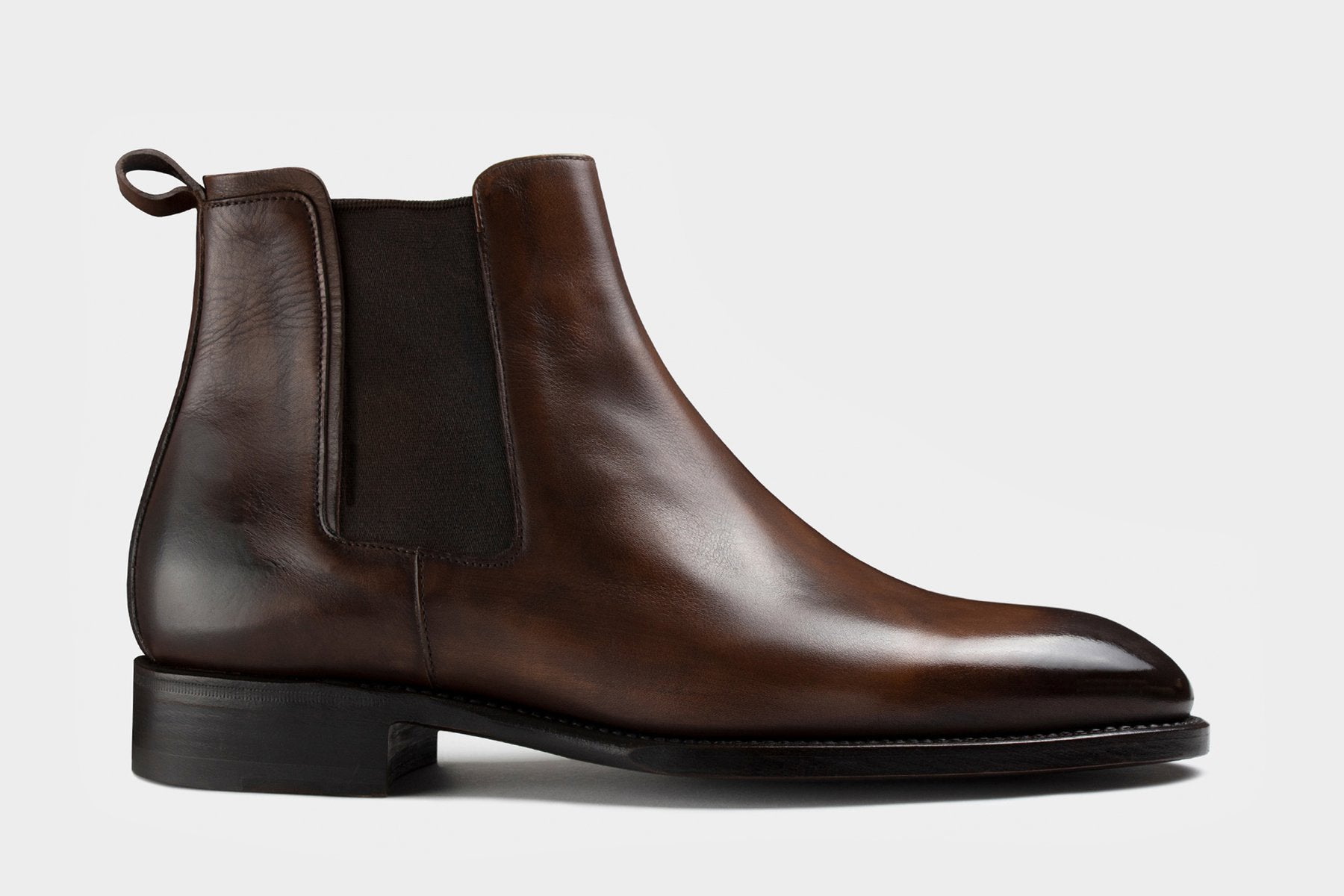
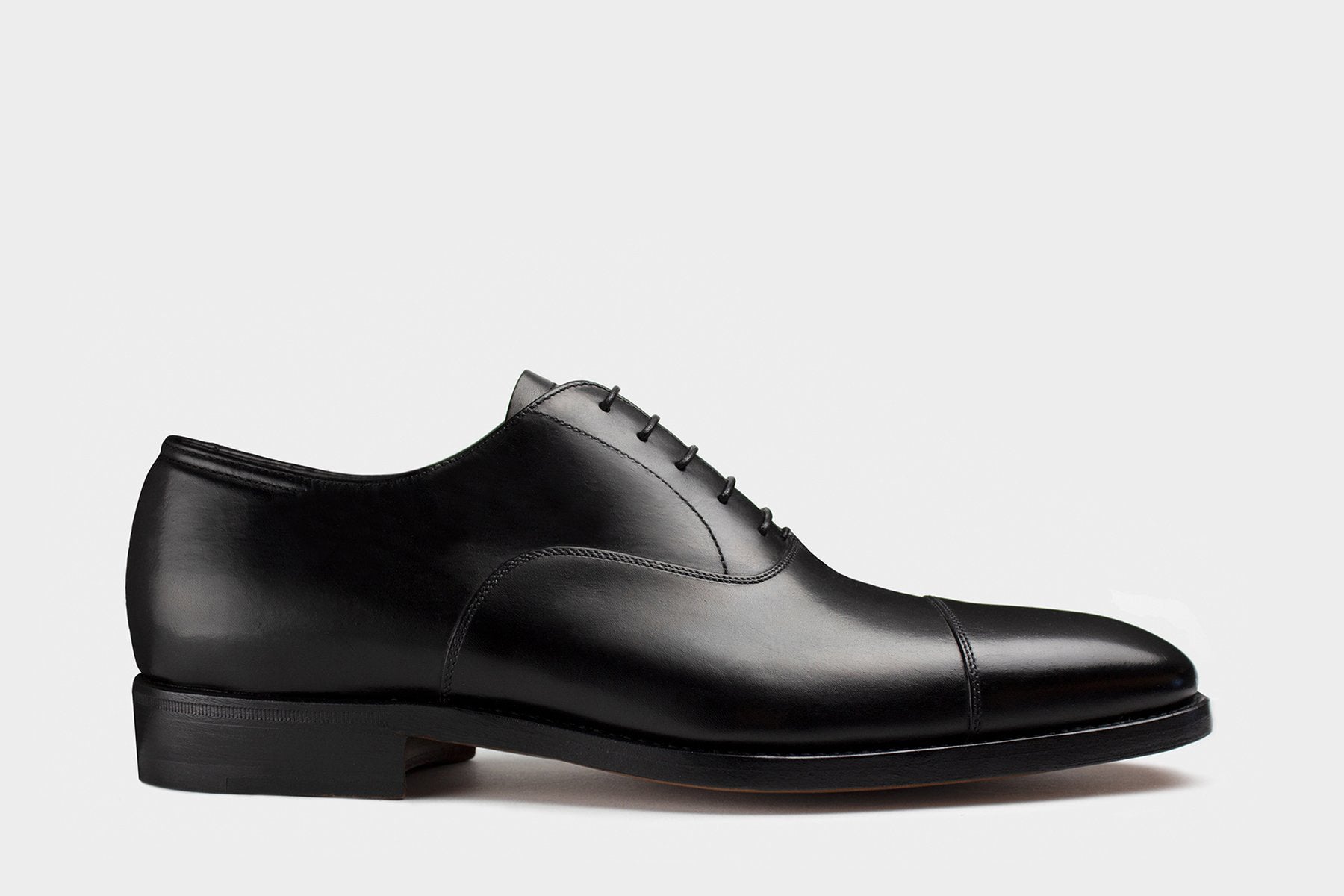
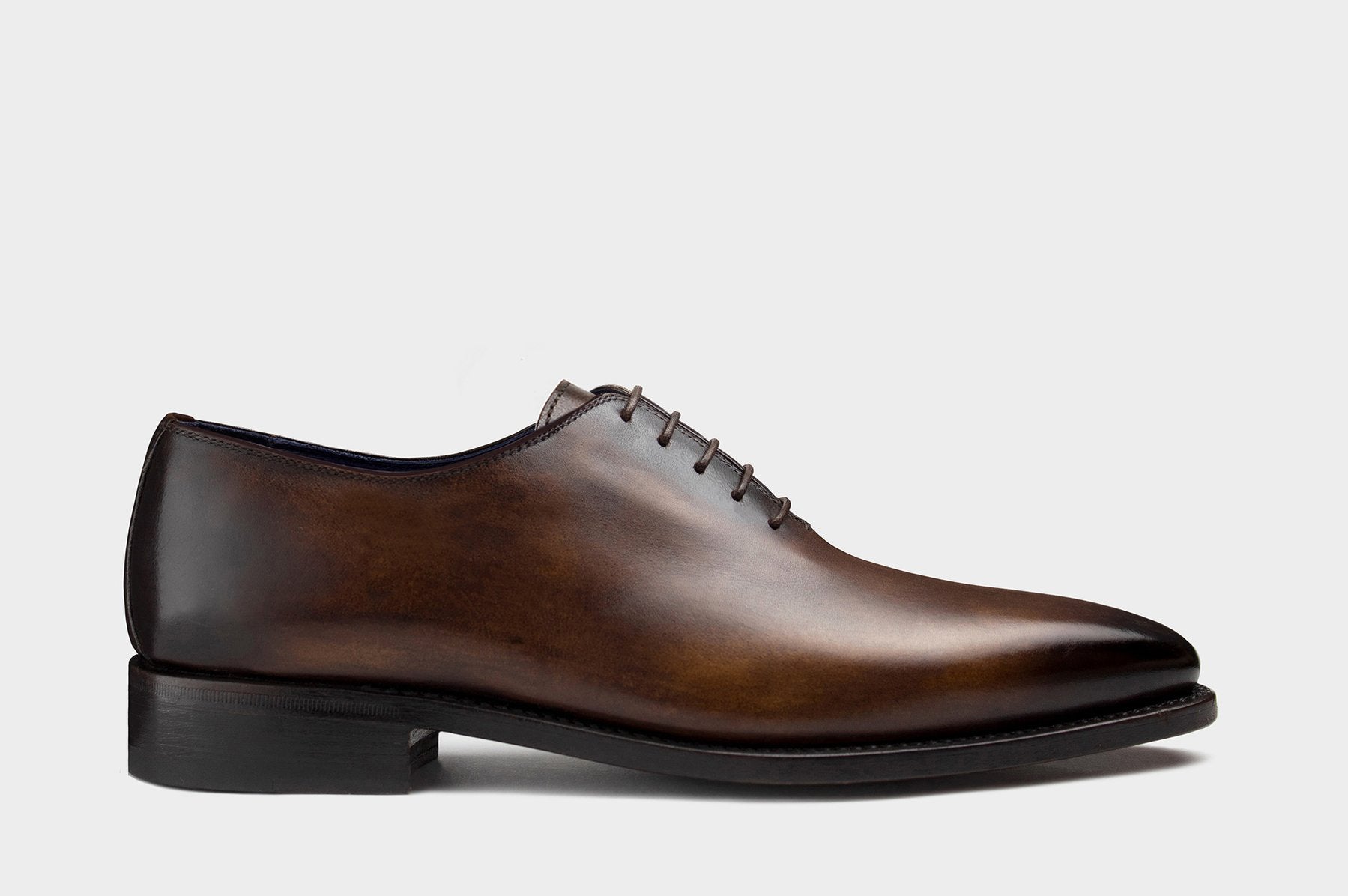
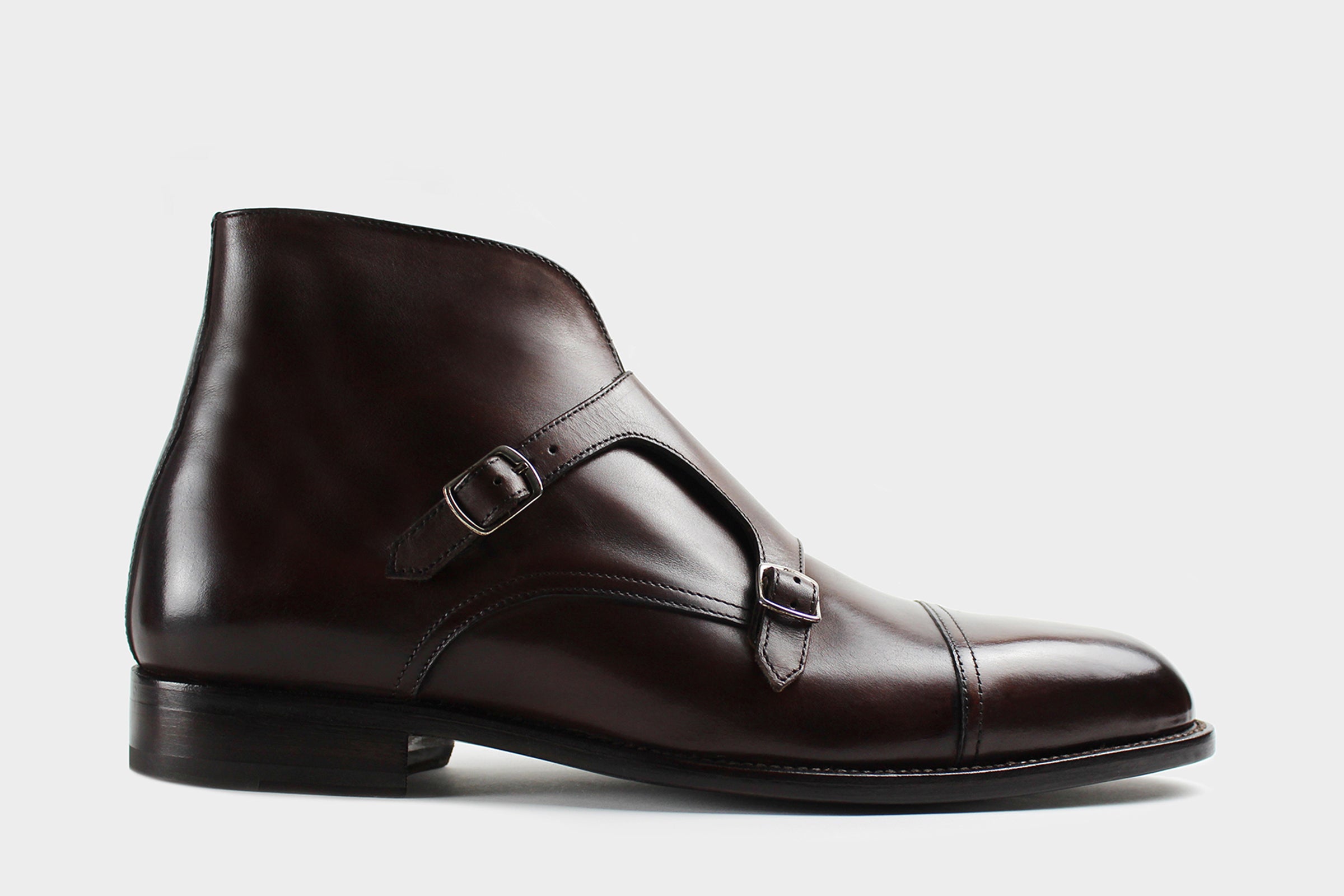
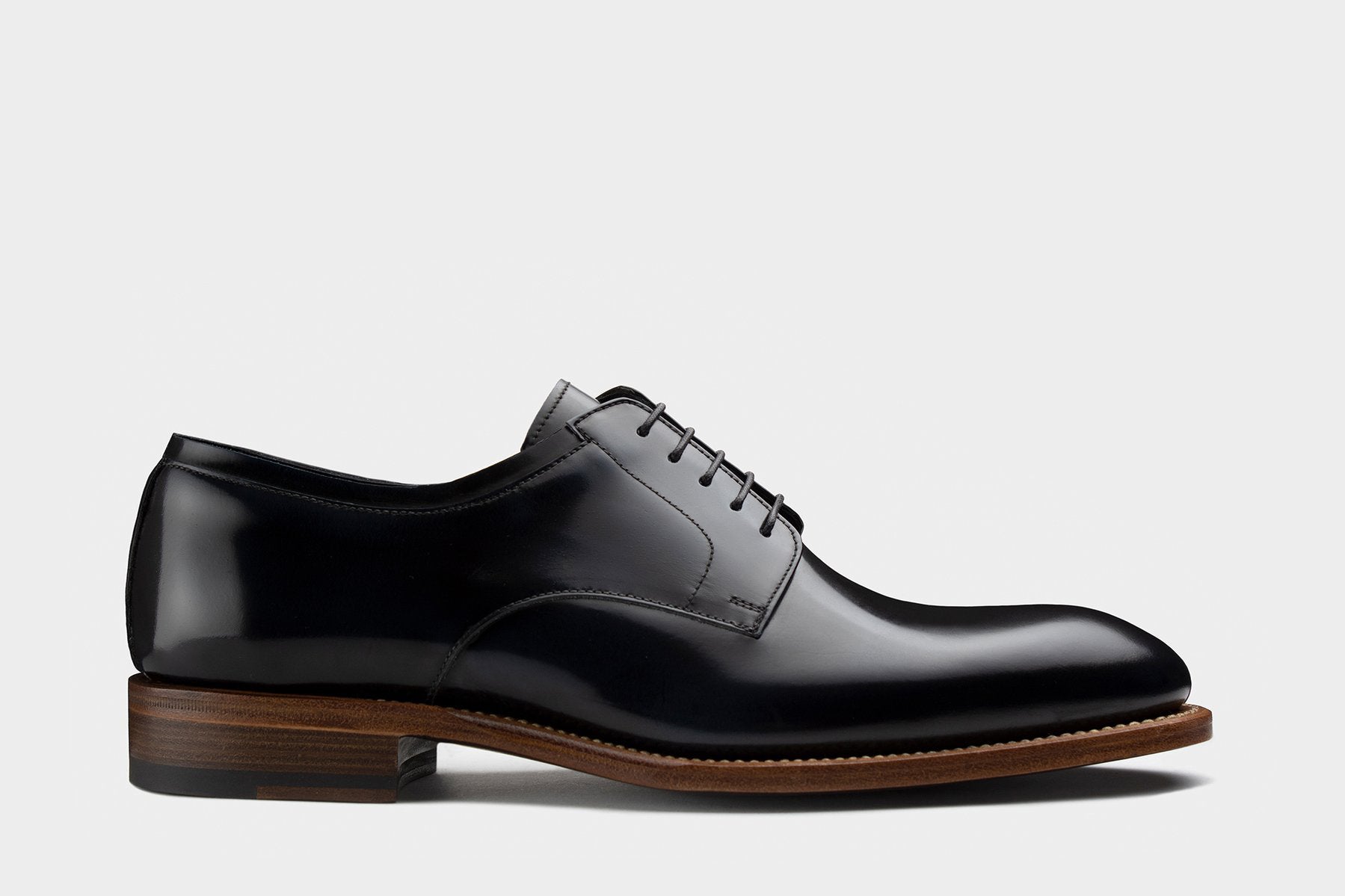
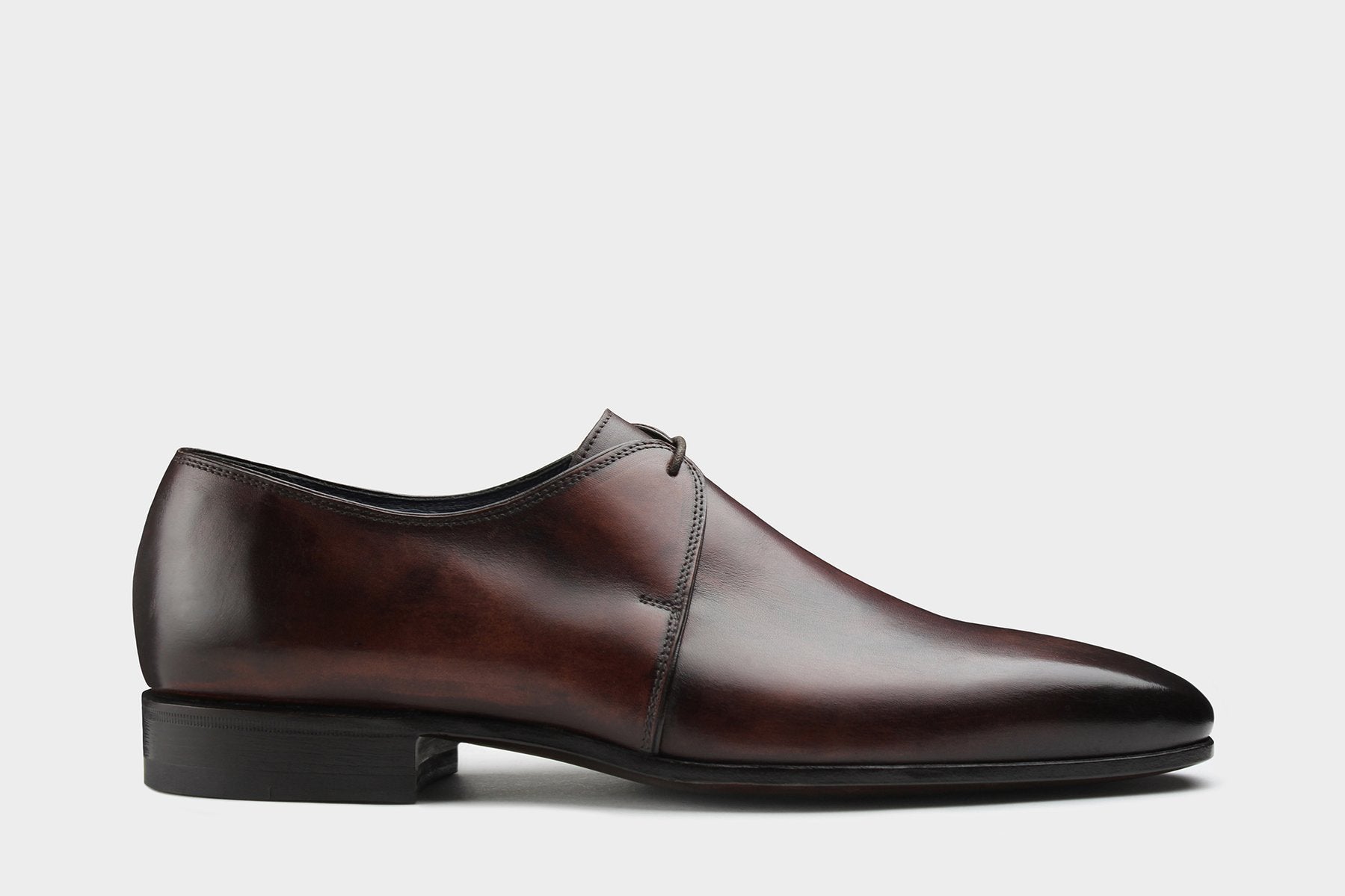
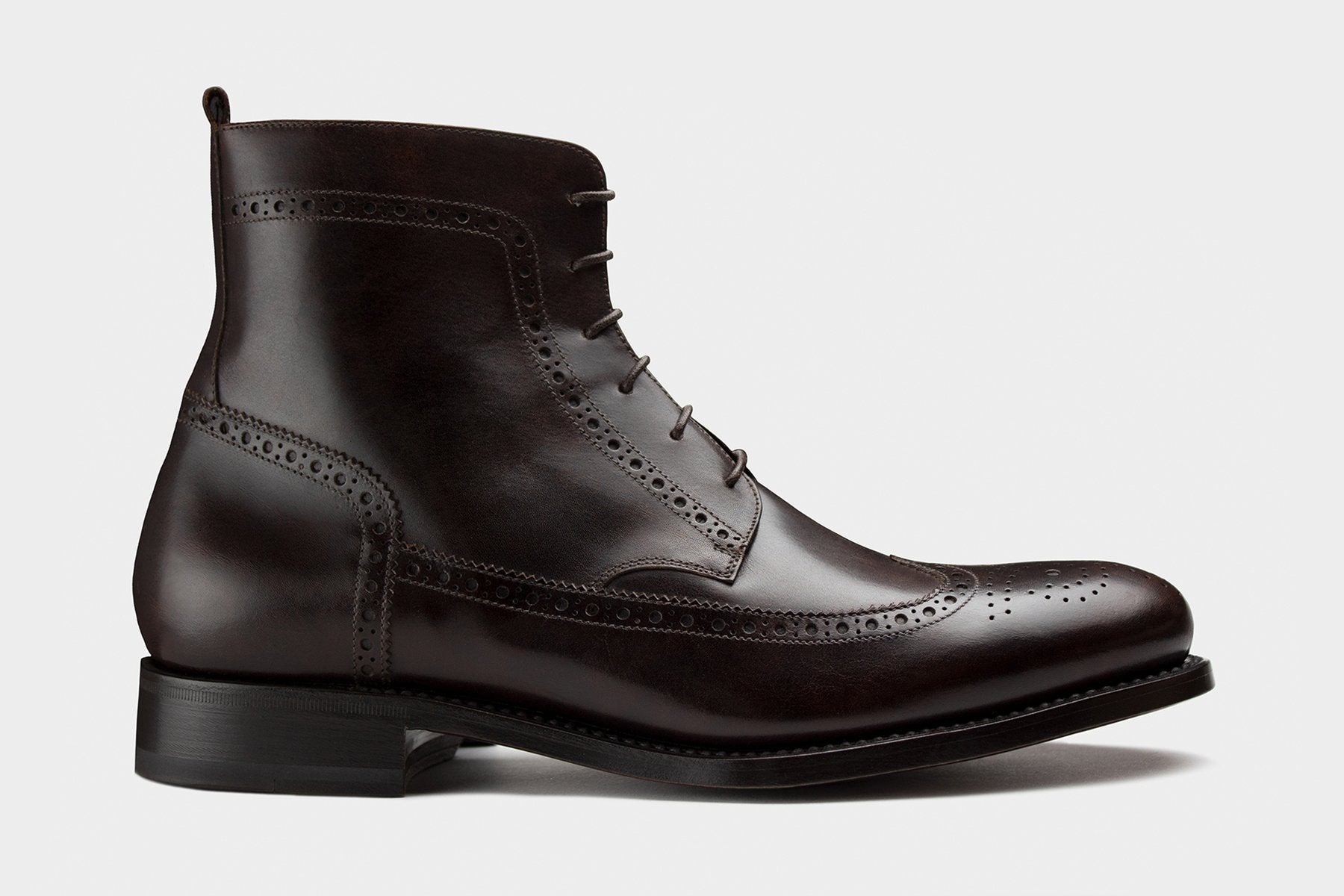
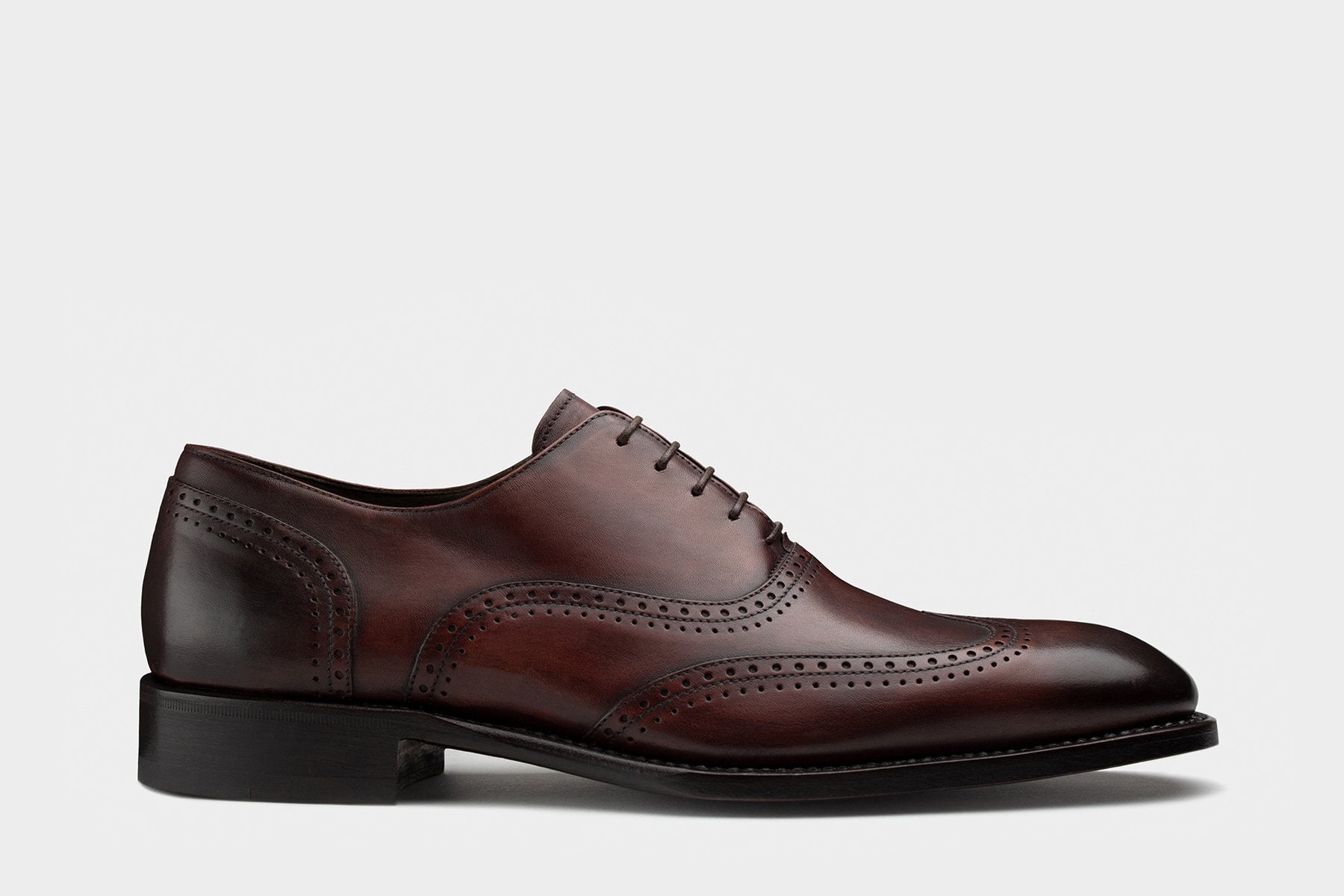
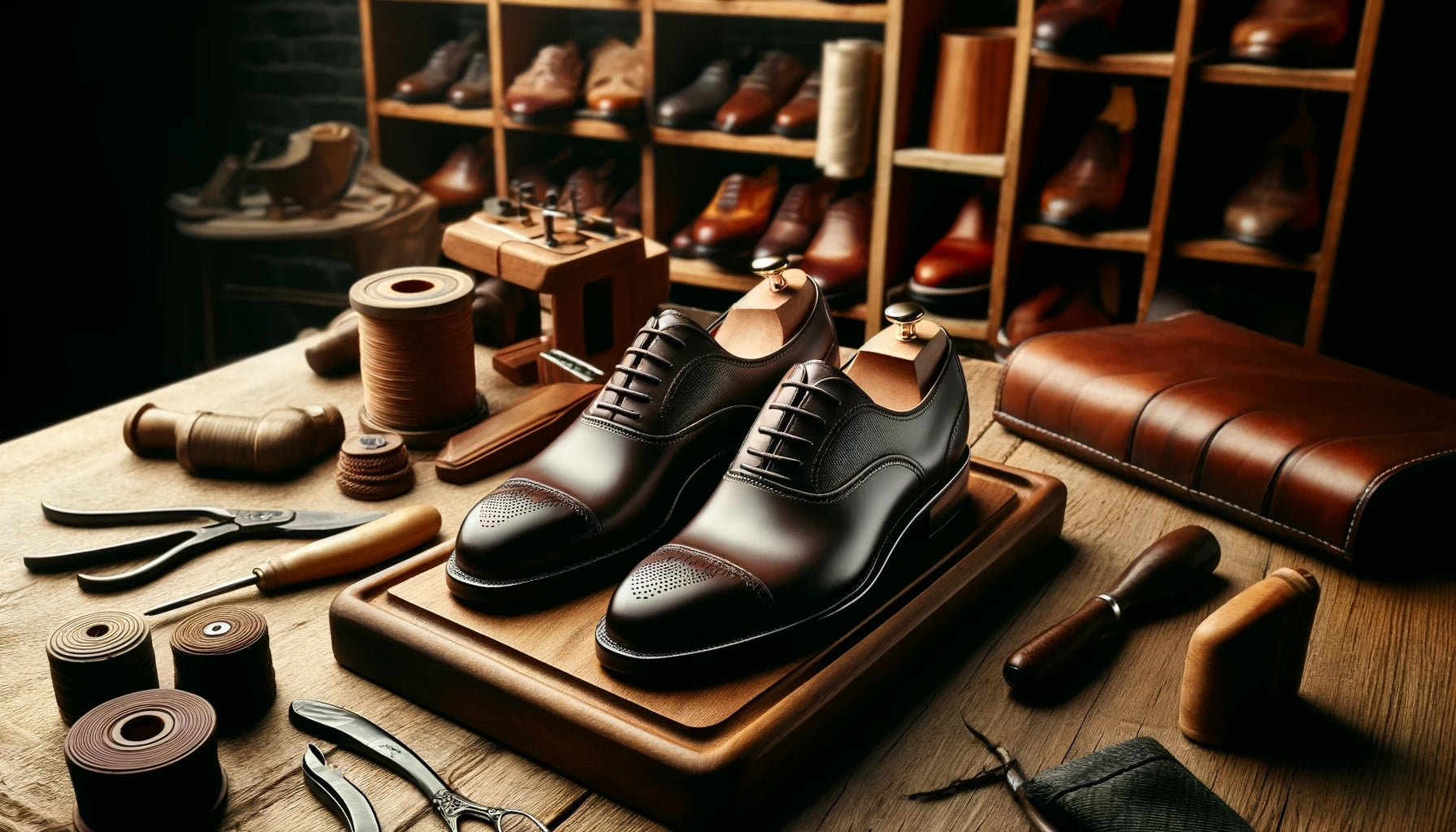
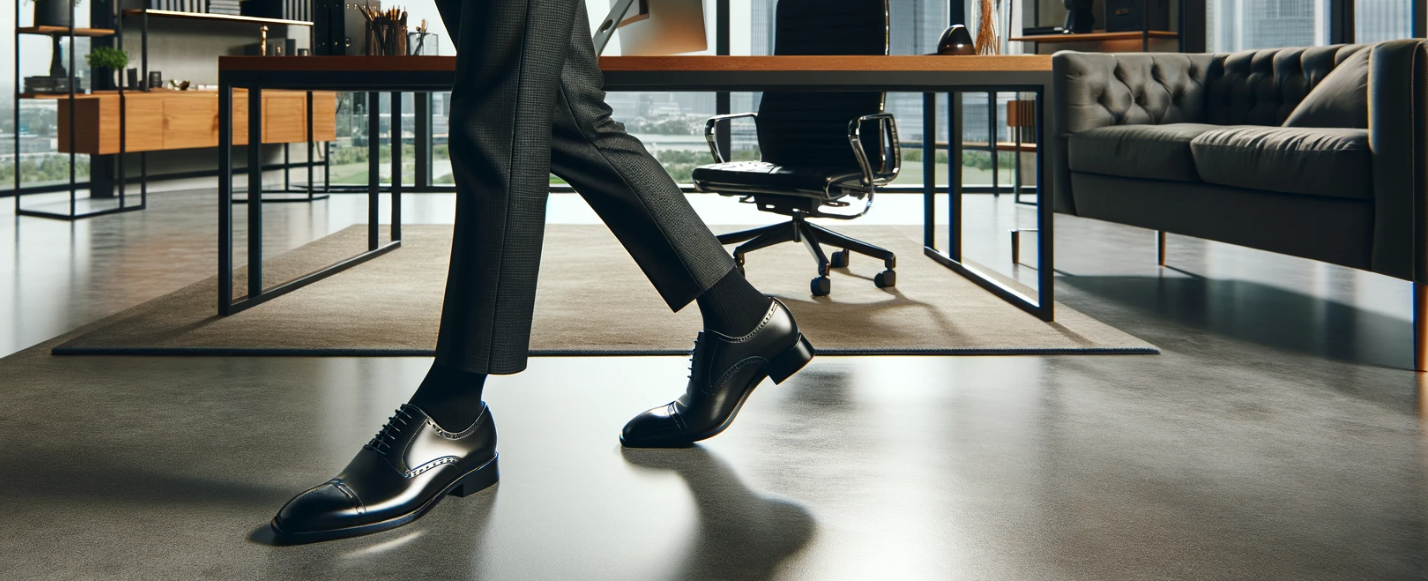
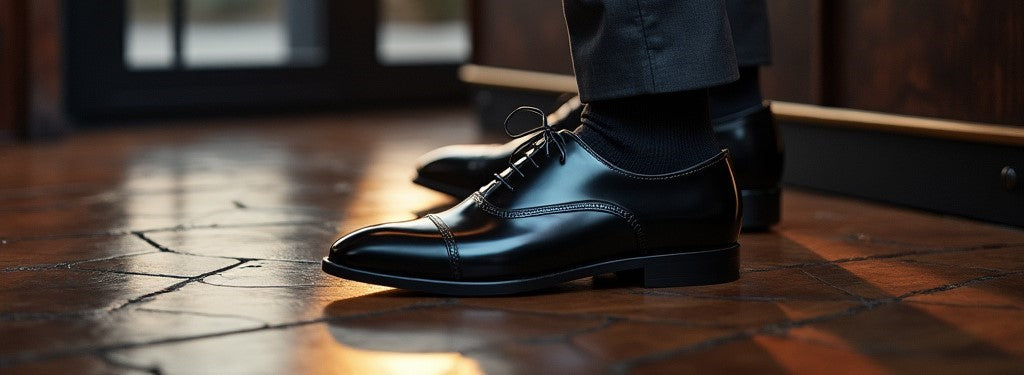
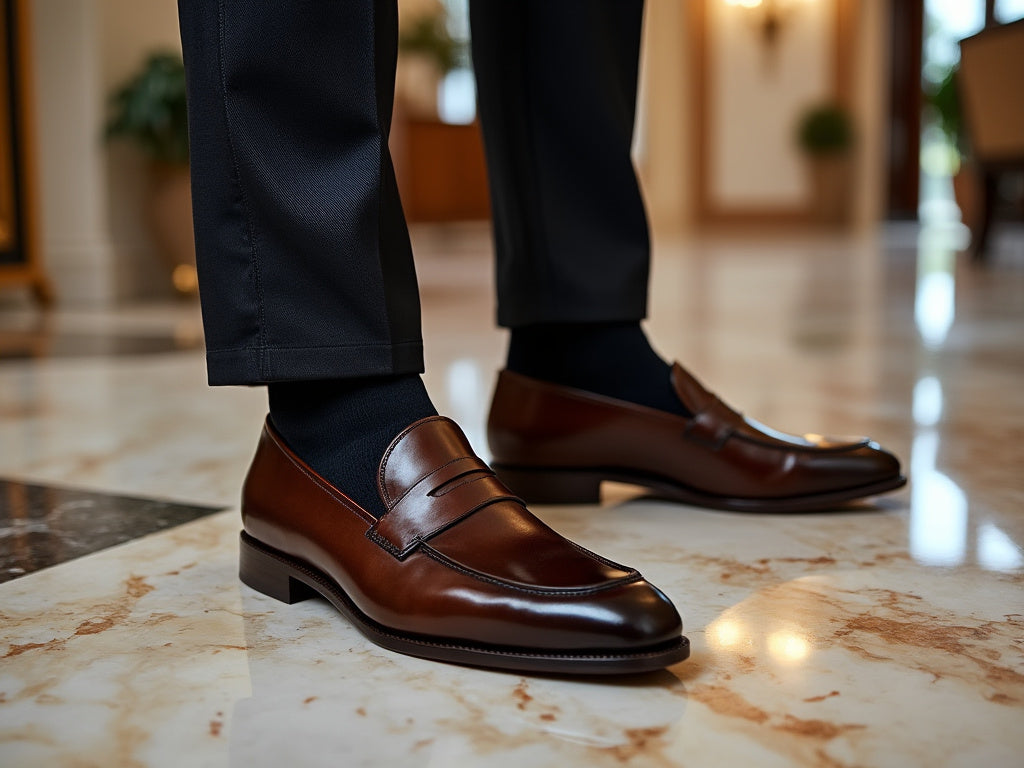
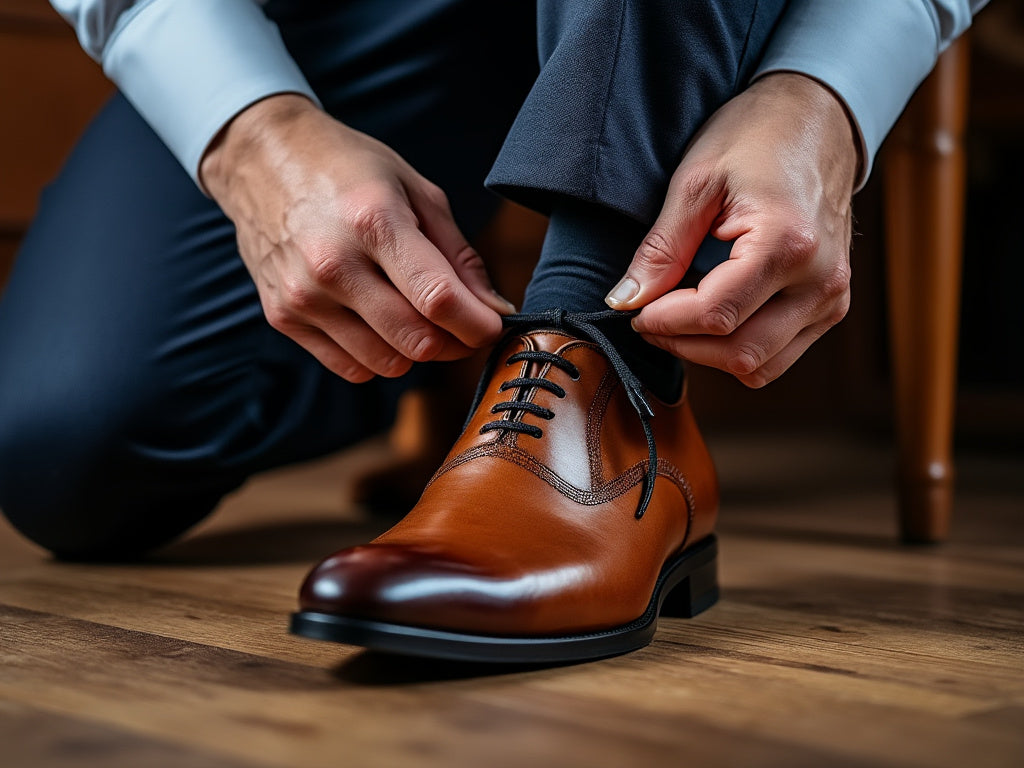
Leave a comment
This site is protected by hCaptcha and the hCaptcha Privacy Policy and Terms of Service apply.